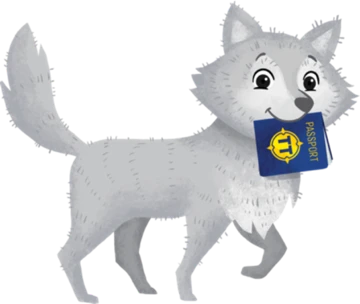In today’s lesson, we will continue to apply your learning about maps, geography, and land and water forms as we explore the Caribbean Islands.
In lesson 6, we learned about some land and water forms that include a landform called an archipelago. An archipelago is a group of islands that are close together. That is why the islands in the Caribbean are called the Caribbean Archipelago. Did you know that there are over 7,000 islands in the Caribbean archipelago? There are 13 countries in the Caribbean and 12 territories! A territory is an extension of other countries. In the Caribbean, there are three main ecosystems such as forests, coastal areas, and wetlands full of wildlife, from birds to reptiles, and sea creatures!
Today, you will color a map of the Caribbean islands and find some land and water forms in the region. Then, you can color some of our favorite animals of the Caribbean! Before you get started, you will need crayons or colored pencils to color the map.
First, color the physical map of the Caribbean. Find and circle the following water forms on the map:
Landforms
- Lucayan Archipelago
- Greater Antilles
- Lesser Antilles
Water Forms
- Straits of Florida
- Gulf of Mexico
- Atlantic Ocean
- Caribbean Sea







